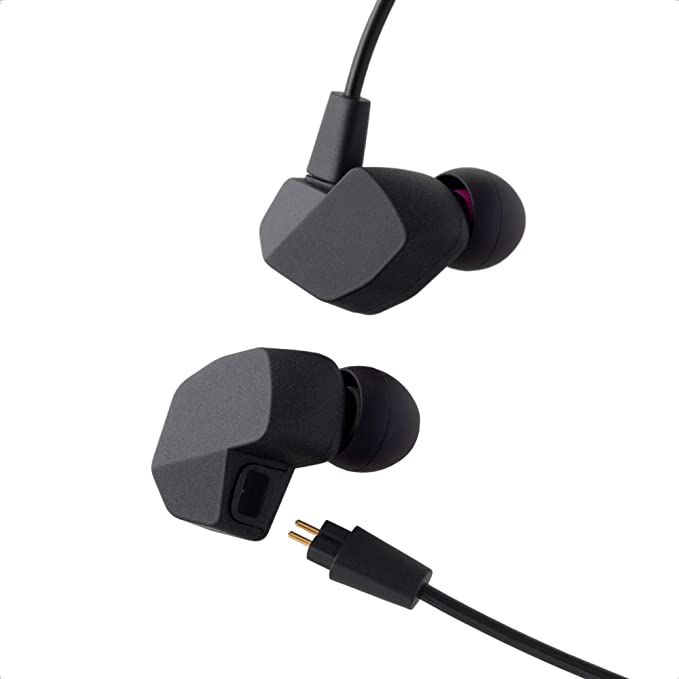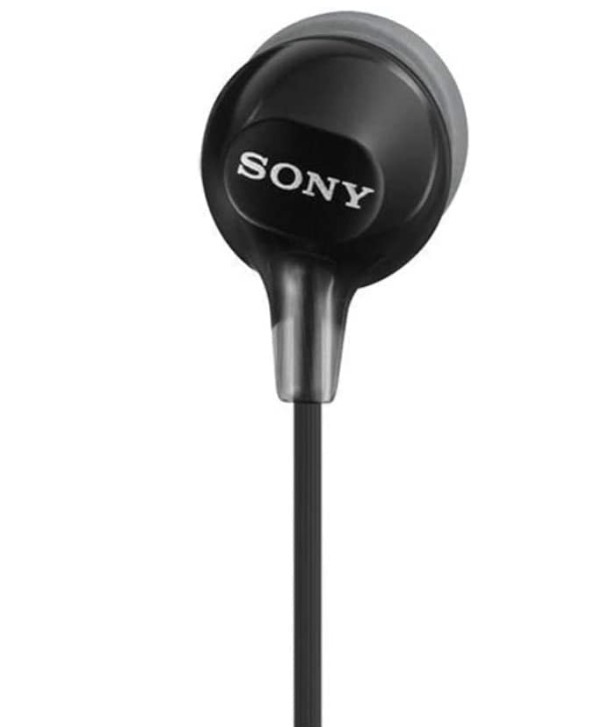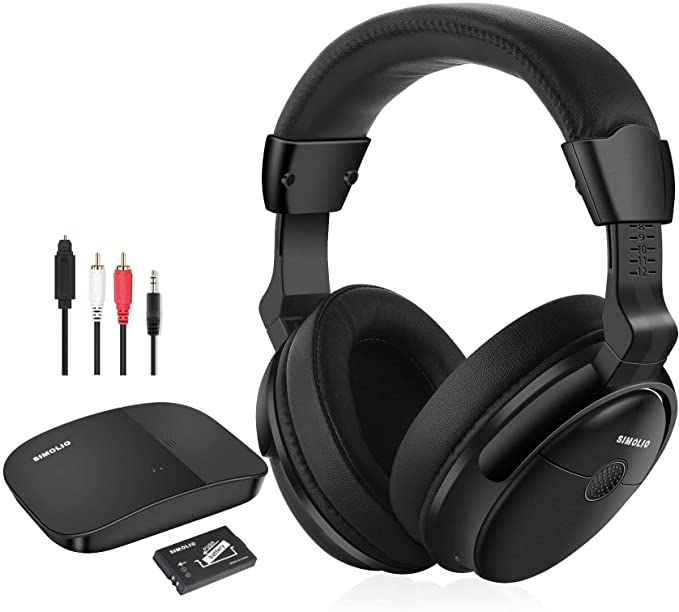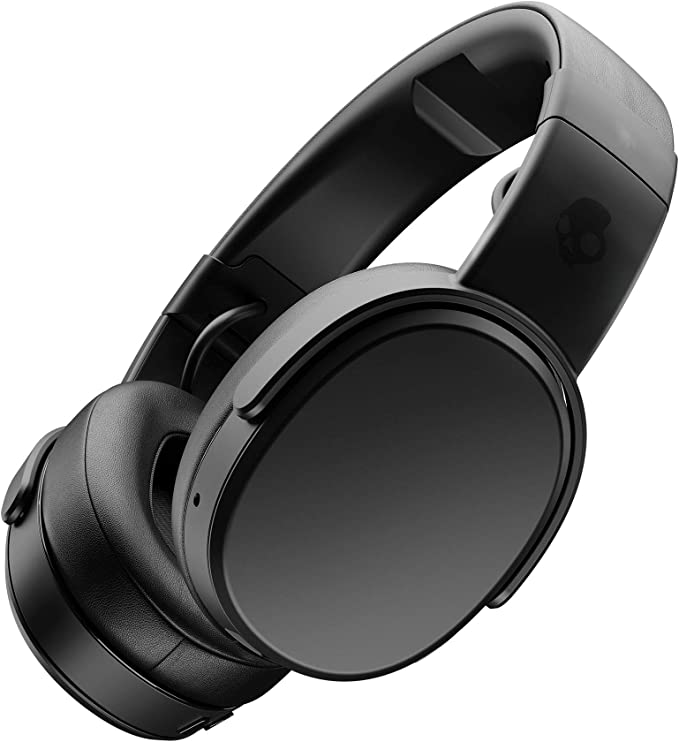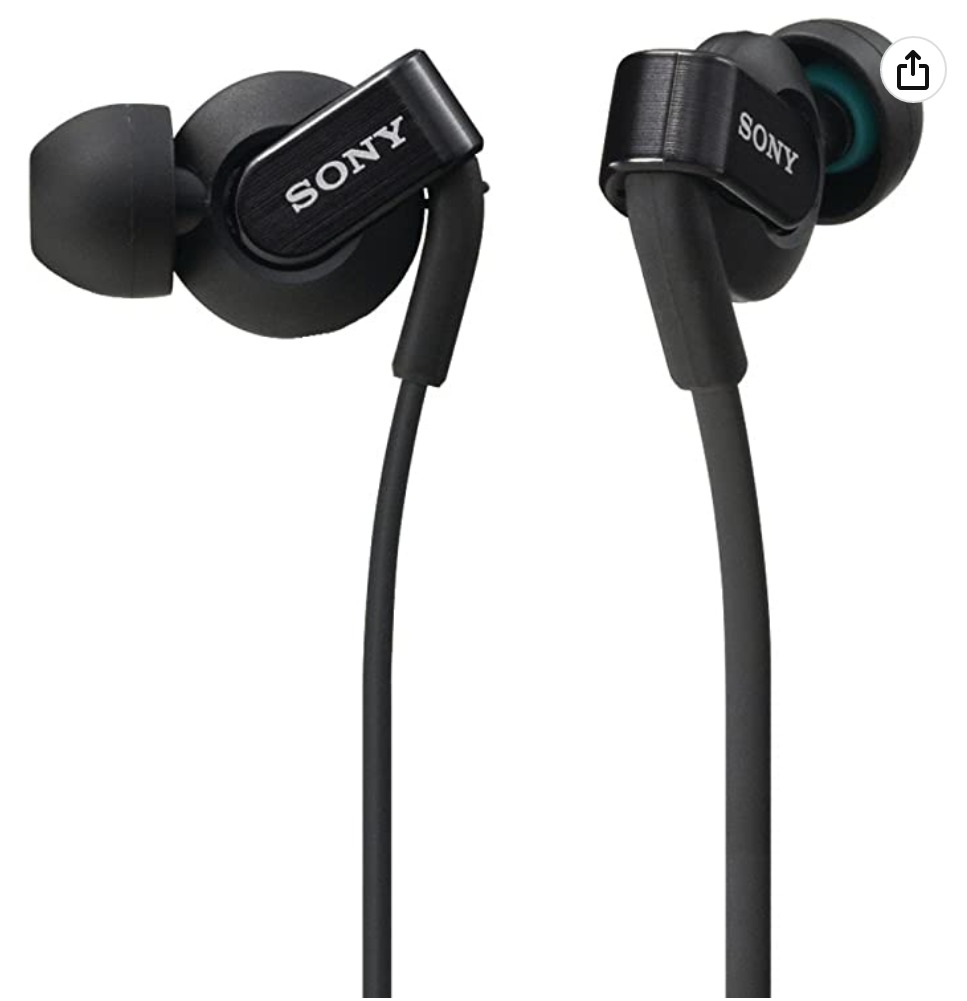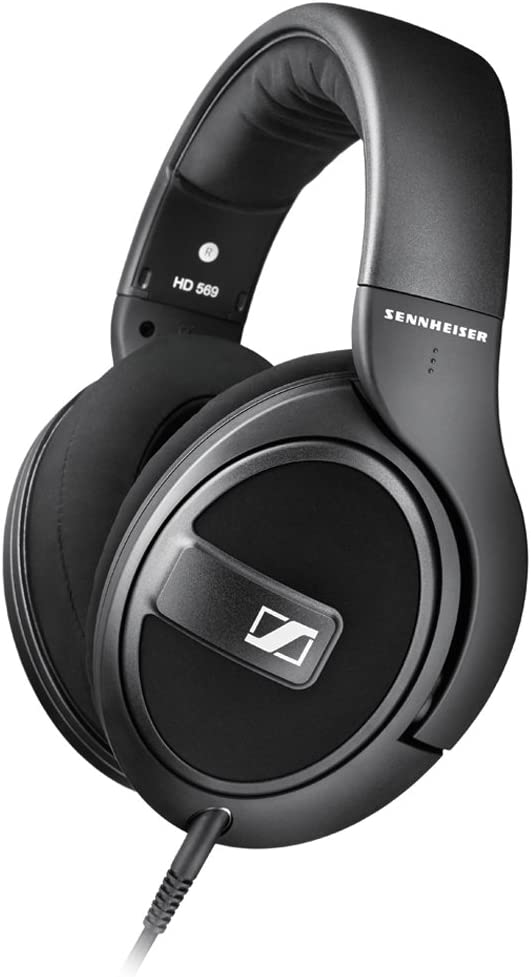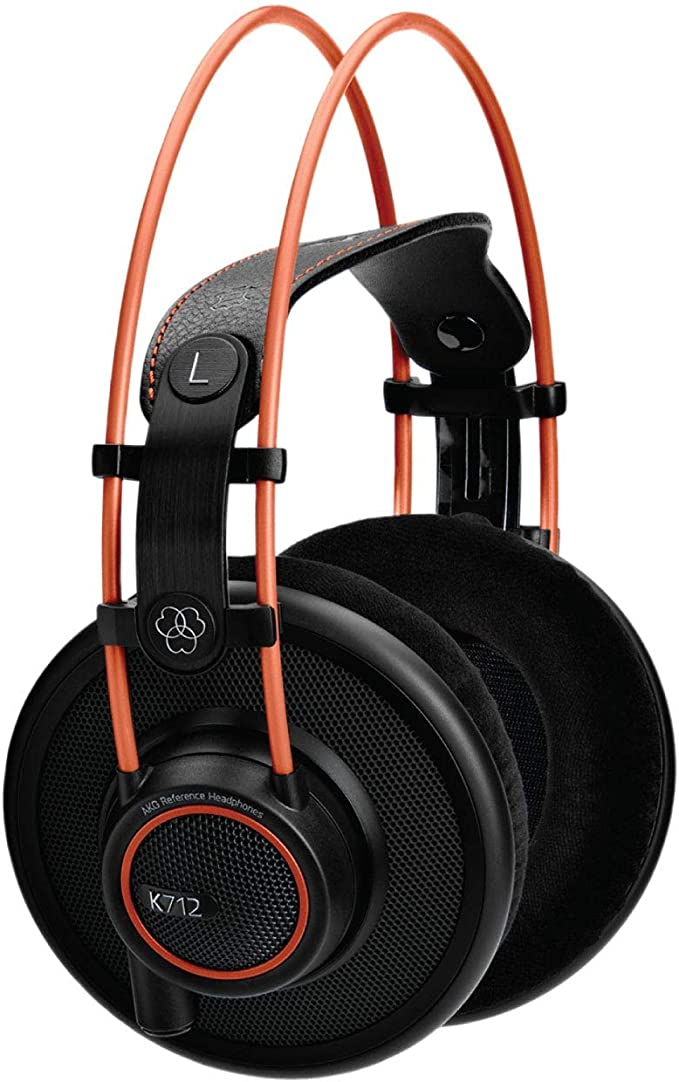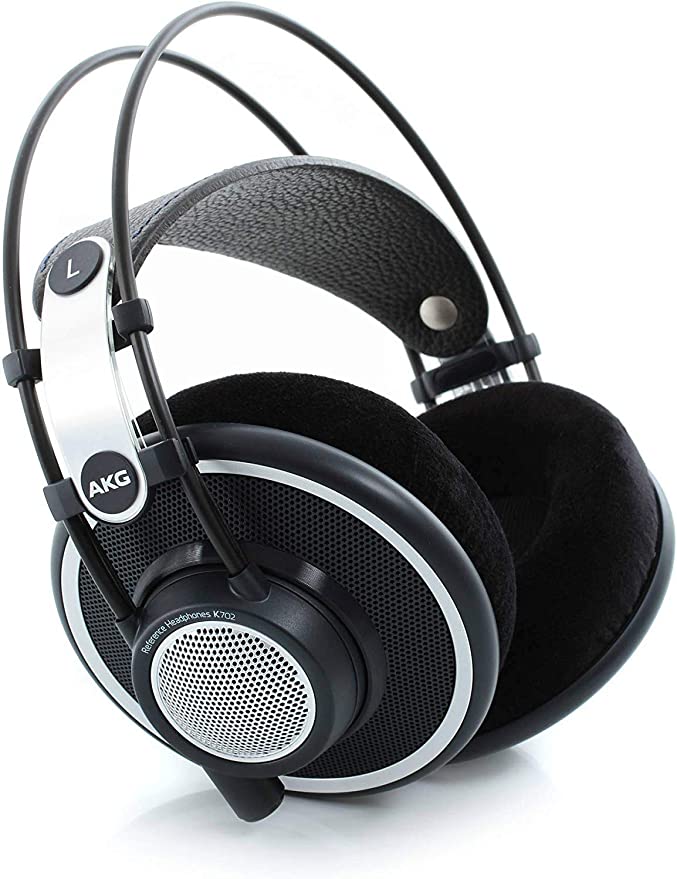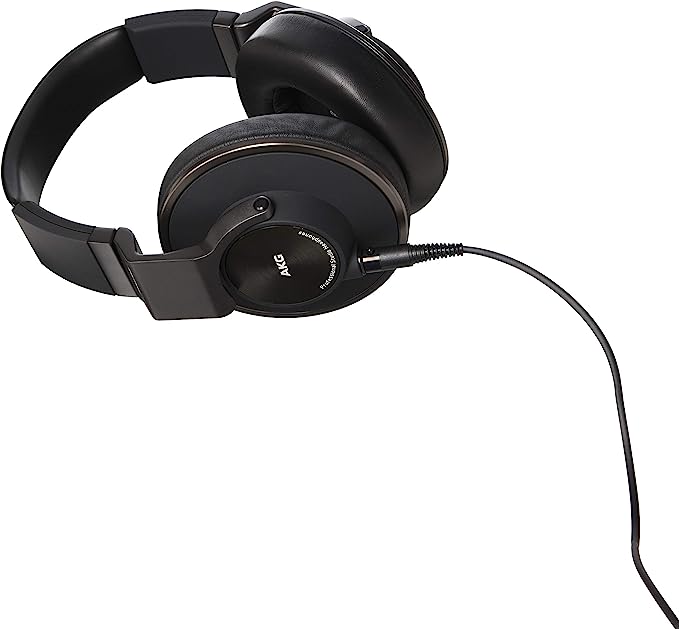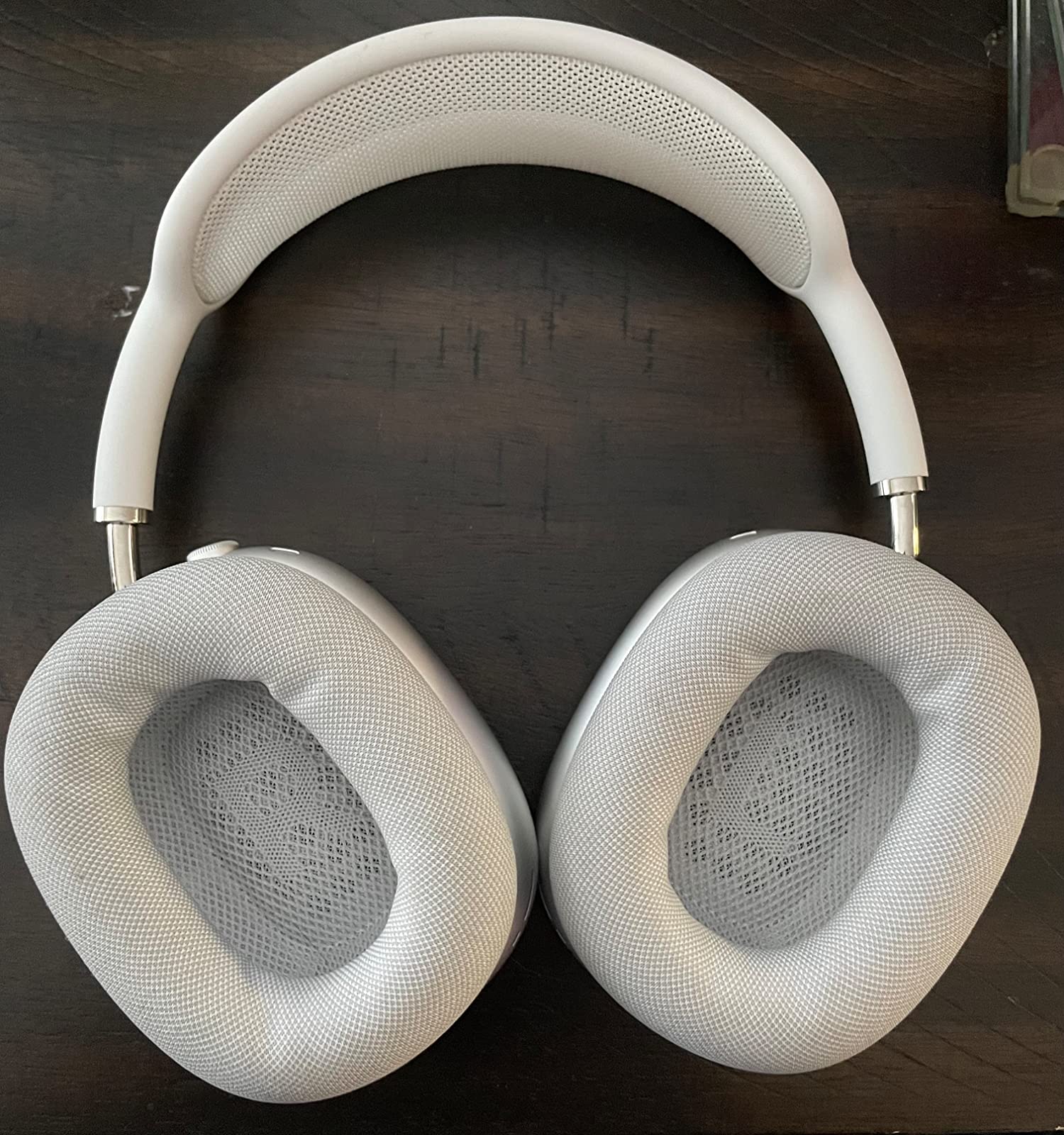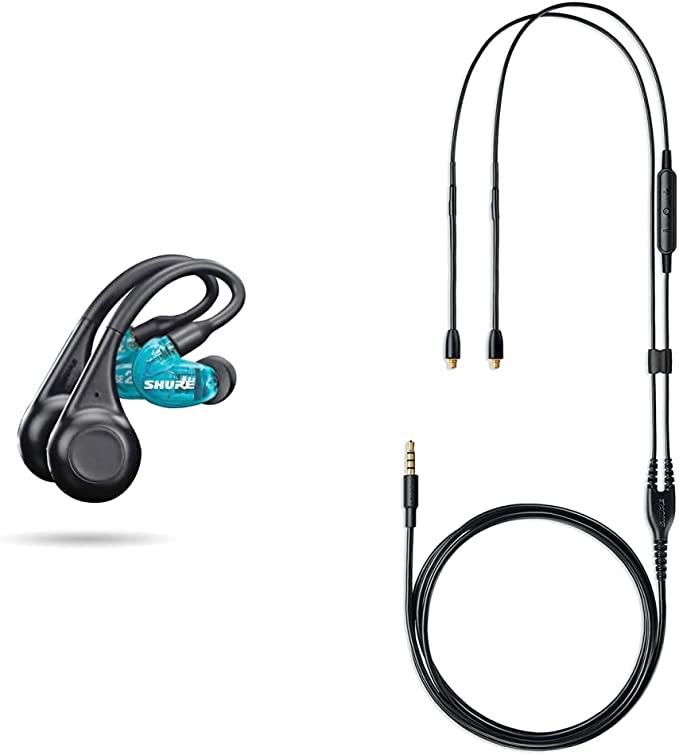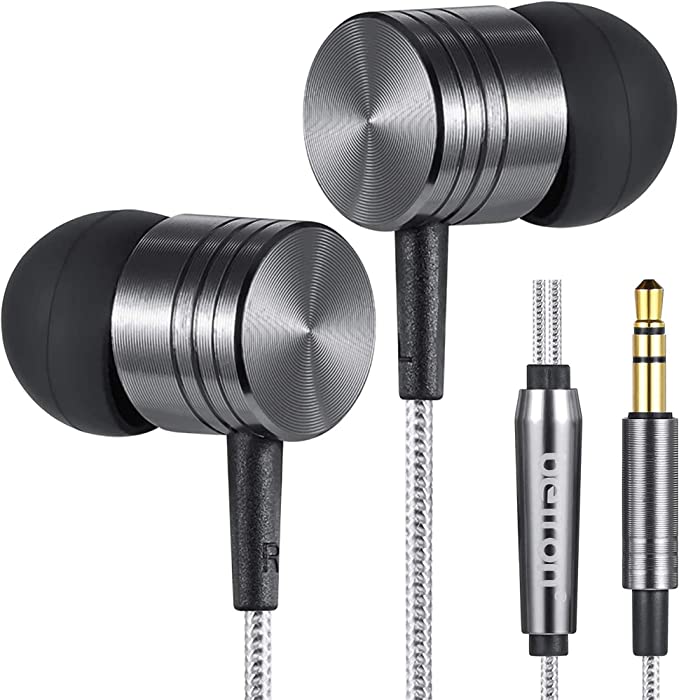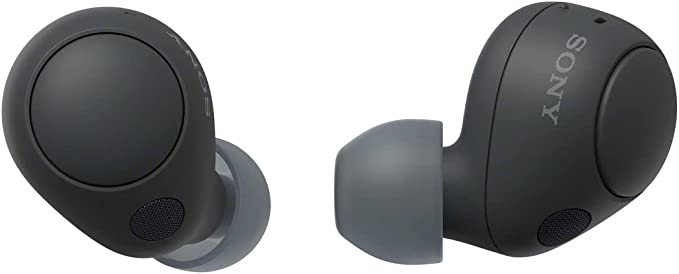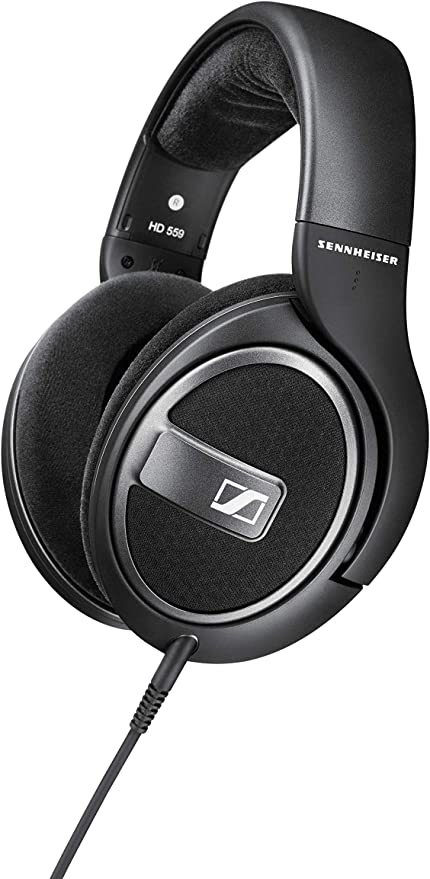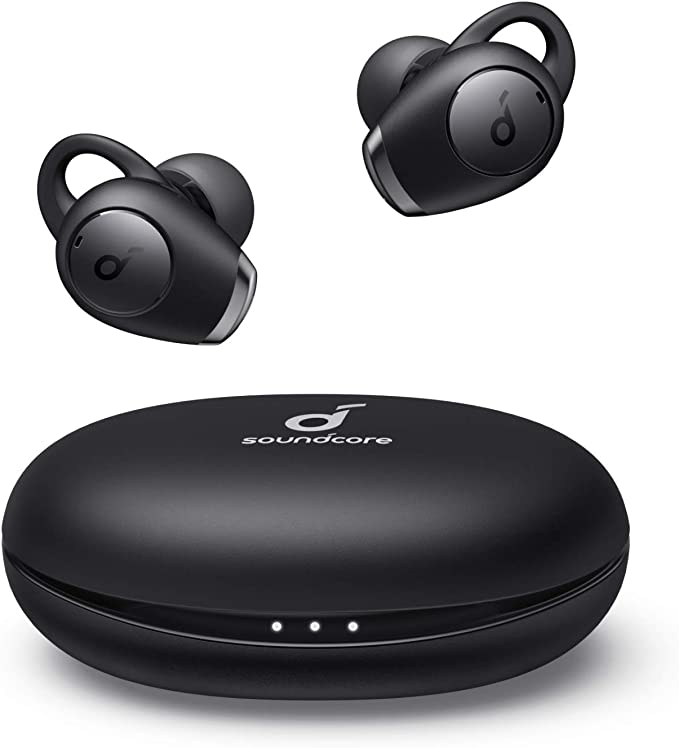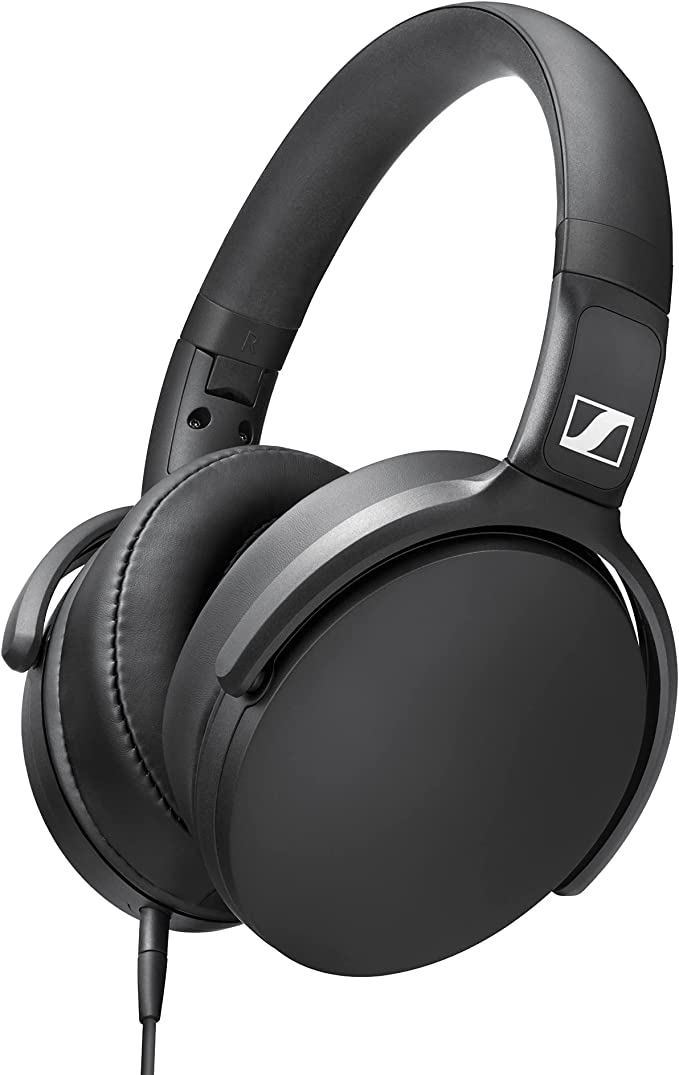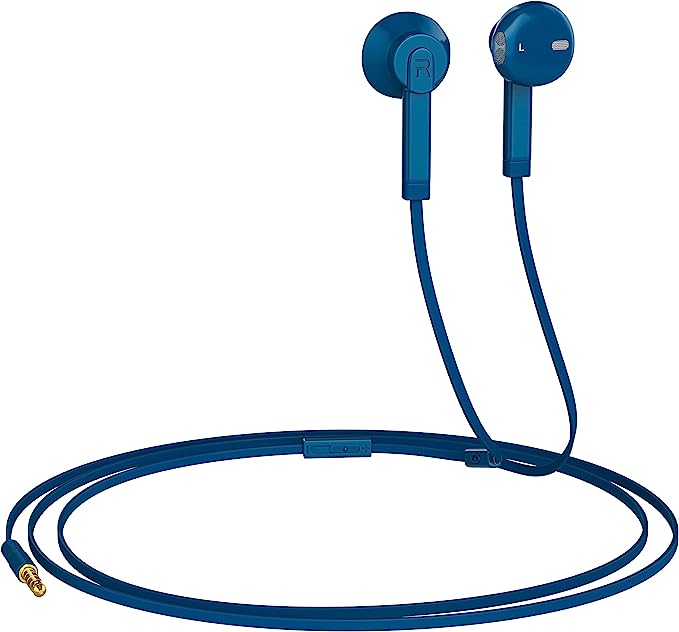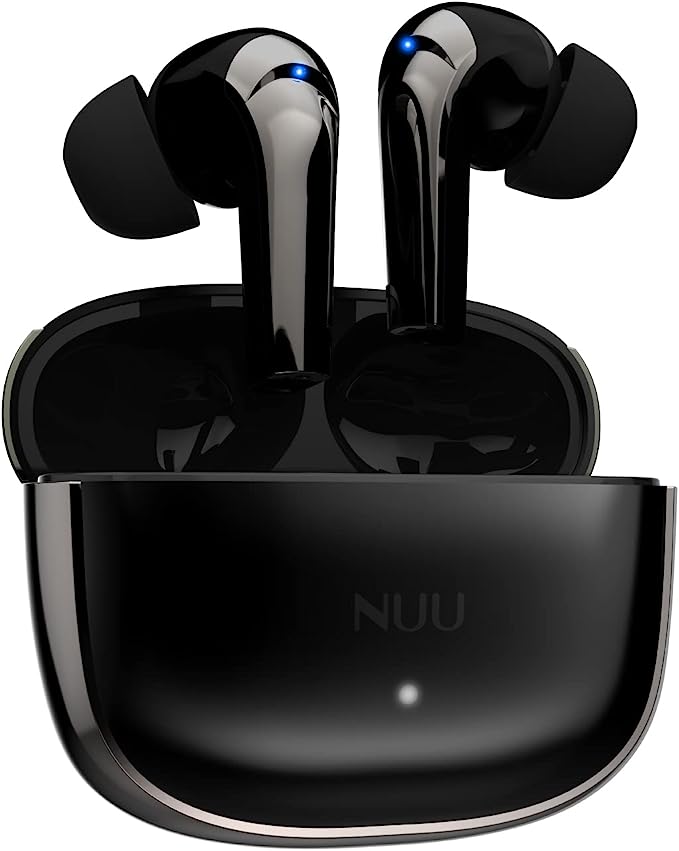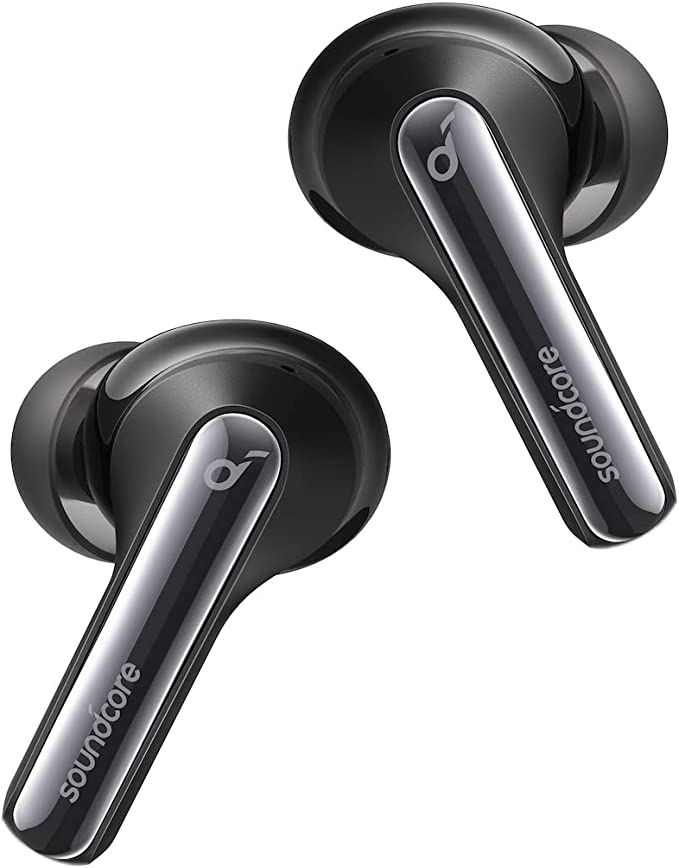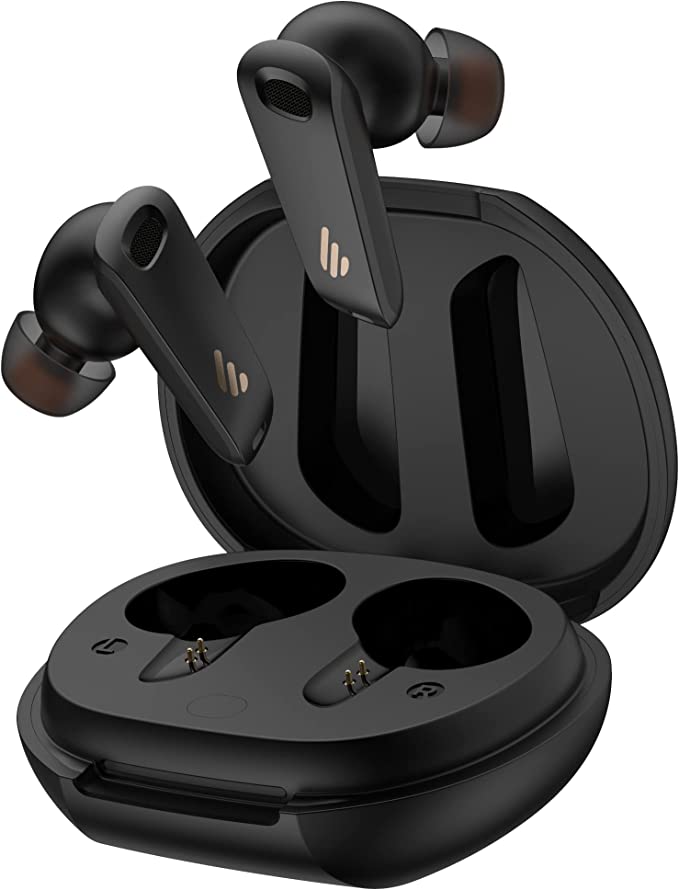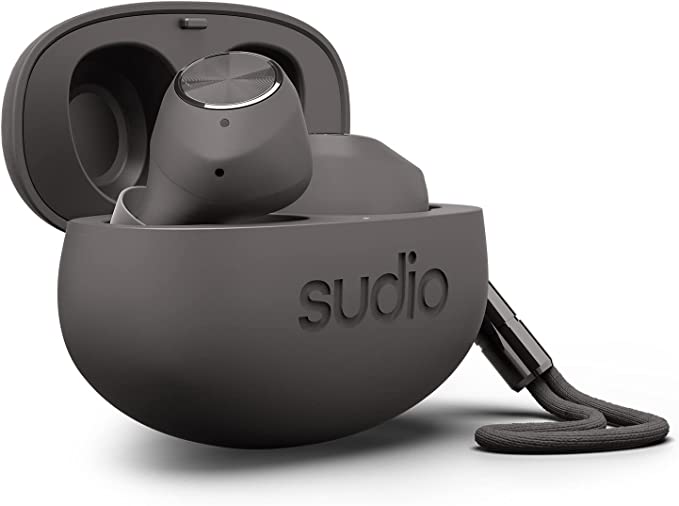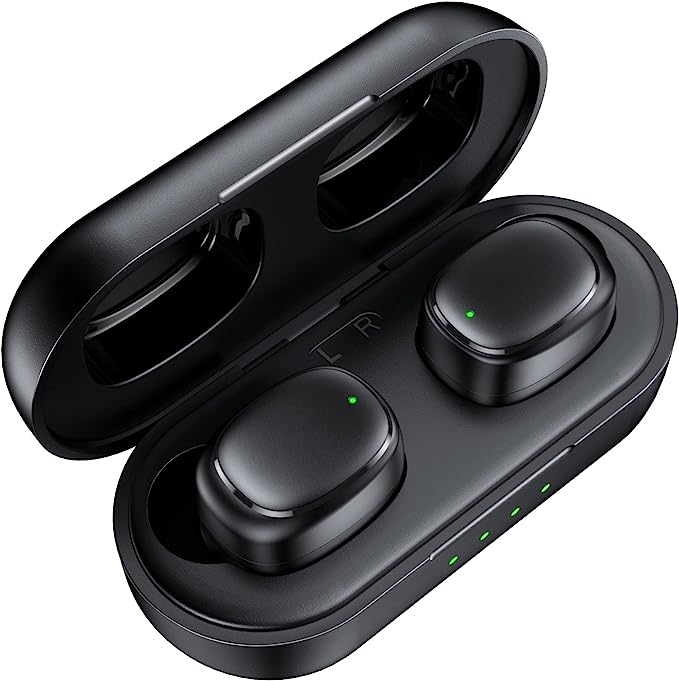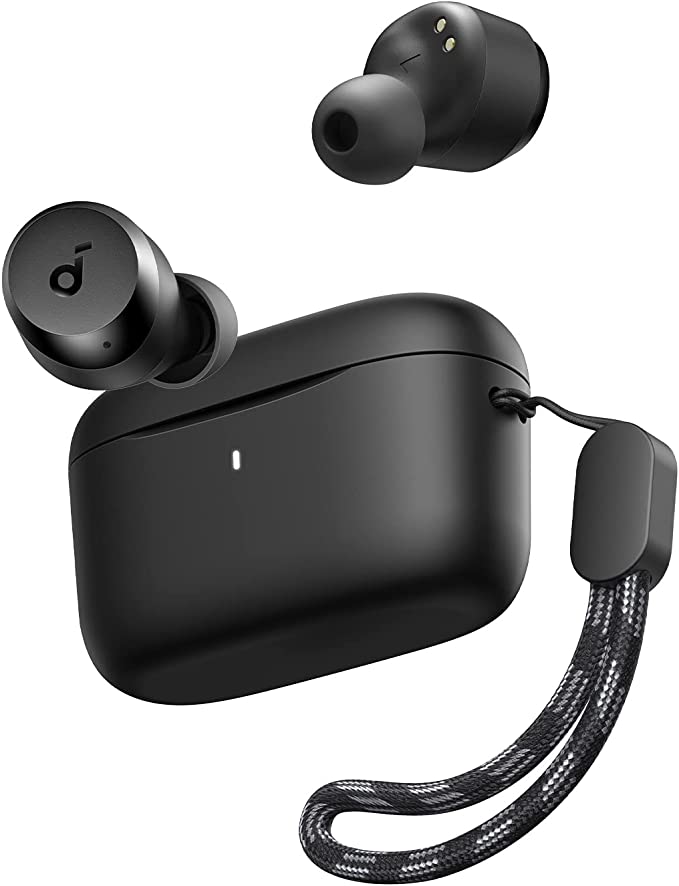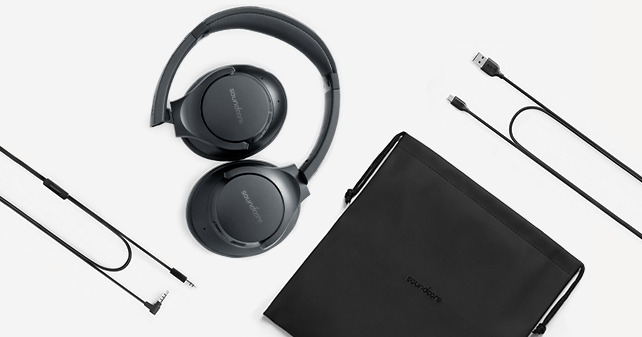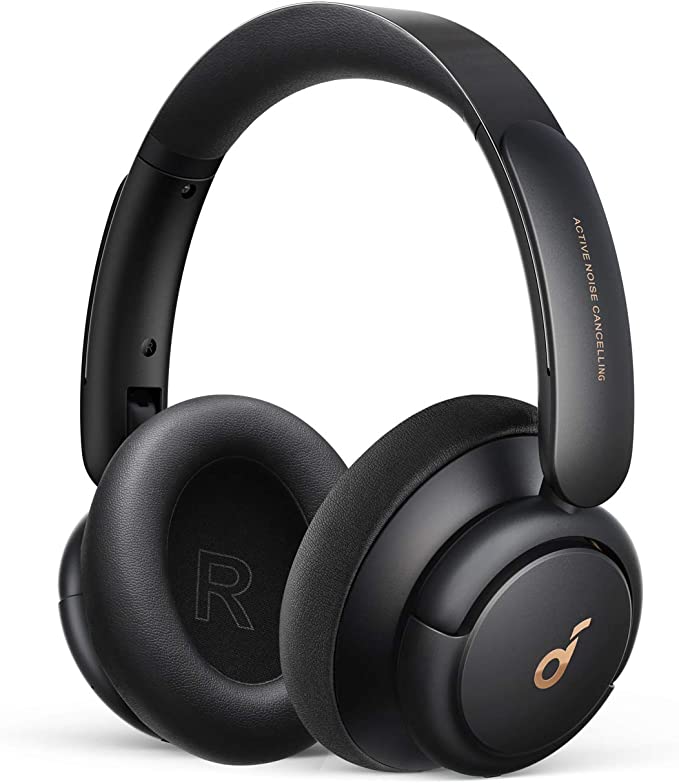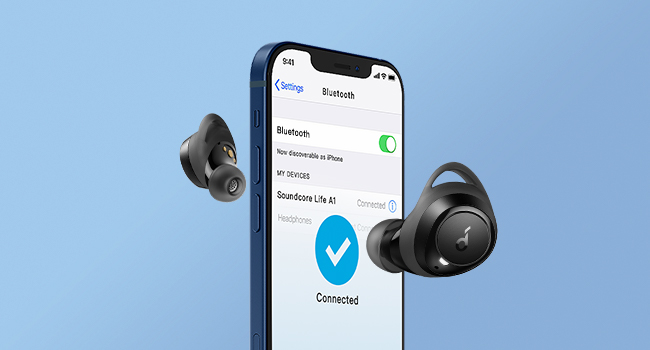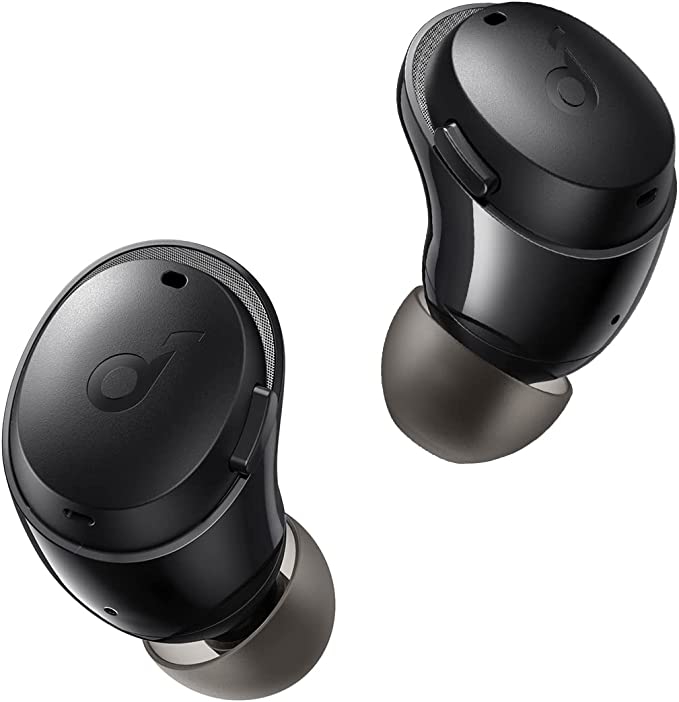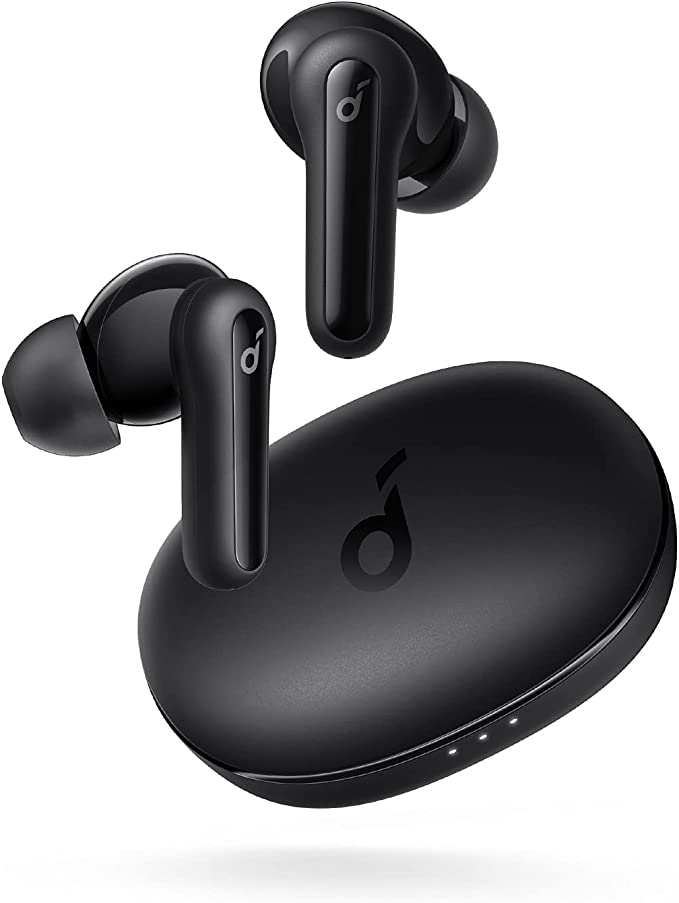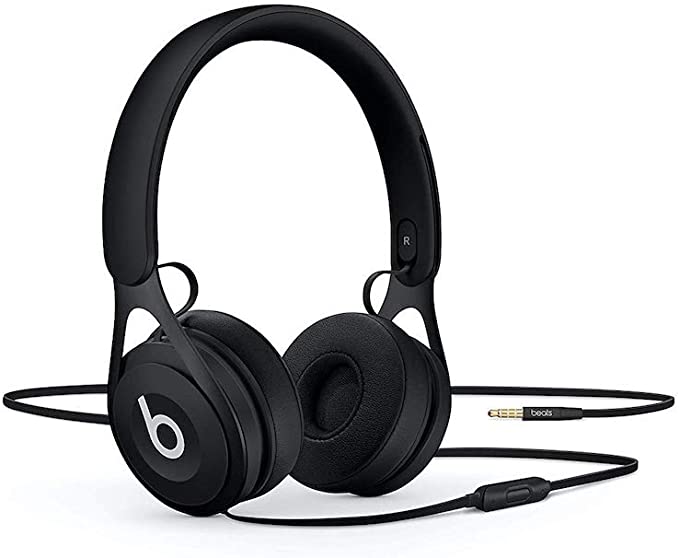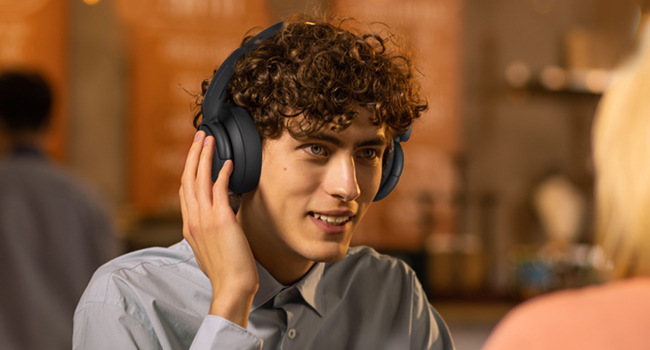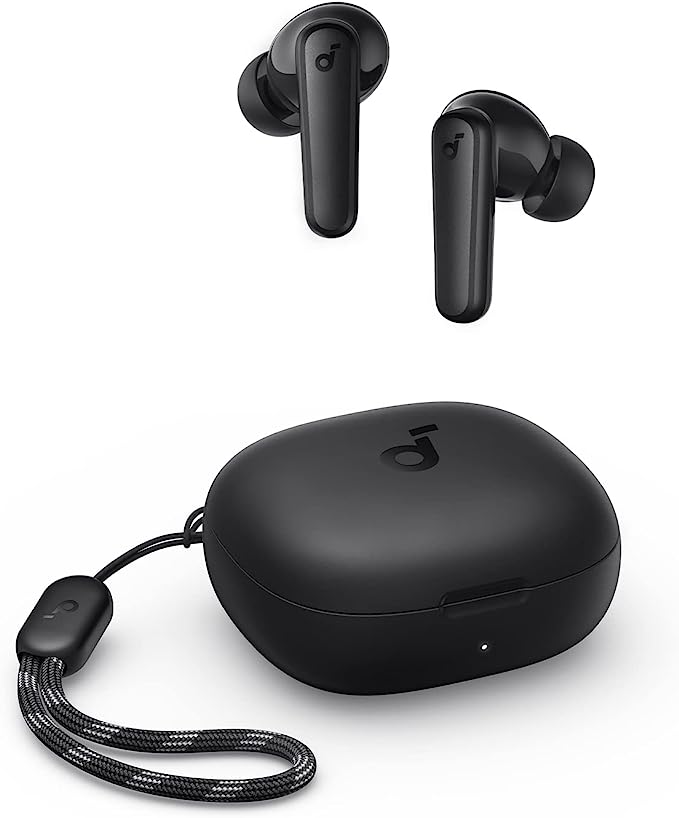Sudio E2 True Wireless ANC Earbuds: A Superb Blend of Audio Excellence and Wearing Comfort
Update on July 4, 2025, 9:30 a.m.
There’s a unique exhaustion that comes from living in the 21st century. It’s not just physical, but auditory. It’s the ceaseless, low-frequency hum of the city, the drone of an airplane cabin, the oppressive roar of a crowded train. In this ocean of noise, we crave a pocket of silence—an island of personal space carved out by something more than just our hands over our ears. This quest for quiet has a surprising history, born not in a serene library, but in the deafening cockpit of an aircraft, where the need for clear communication was a matter of life and death. It was there, in the 1950s, that the first patents for what we now call Active Noise Cancellation were filed, planting the seed for a technology that would one day change how we experience the world.

The First Alchemy: Crafting Silence from Noise
The constant drone of a refrigerator or an engine isn’t just annoying; it’s a physical wave, a relentless vibration of air molecules that our brains are forced to process, leading to genuine mental fatigue. The genius of Active Noise Cancellation (ANC) lies in its elegant counter-attack, a form of acoustic judo. Instead of trying to block the sound wave, it listens to it, understands it, and in a fraction of a second, creates its perfect opposite—an “anti-noise” wave. When these two waves meet, they cancel each other out in a process known as destructive interference. The result is not a muffled sound, but a profound absence of it.
Early ANC was a breakthrough, but the technology has evolved. Today’s advanced systems, like the Hybrid ANC found in modern earbuds such as the Sudio E2, employ a far more sophisticated, two-layer security system. Imagine a high-security building. The feedforward microphone on the outside of the earbud acts as the guard at the main gate, identifying and neutralizing most of the ambient noise before it can even get close. But some noise inevitably slips through. That’s where the feedback microphone, located inside your ear canal, acts as a roving patrol. It detects any sound that has breached the first line of defense and signals the processor to create a final, corrective anti-noise wave. This meticulous, dual-pronged approach is why users report an almost magical ability to erase the hum of an air conditioner or the rumble of a bus.
Of course, this alchemy has its limits. The physics of ANC works best on constant, predictable, low-frequency sounds. It struggles with sharp, sudden noises like a barking dog or a nearby conversation. This isn’t a design flaw, but a limitation of the physics itself; the system simply can’t predict and generate an anti-noise wave fast enough for these erratic sounds. Understanding this distinction is the first step to mastering your own auditory environment.

The Second Alchemy: Building Worlds Within Your Ears
Once you’ve achieved silence, a new question arises: what do you fill it with? For decades, our answer was stereo, a clever illusion that placed sound on a flat line between our left and right ears. It was a remarkable leap from mono, but it was still a window into another world, not a doorway. Today, we stand at the threshold of a new frontier: spatial audio. This technology is a masterclass in psychoacoustics, the fascinating science of how our brain perceives sound.
Our brain is a natural detective. It knows a sound is behind us or above us not just because we have two ears, but because of the infinitesimal differences in the timing, volume, and tonal quality of the sound that reaches each one. Spatial audio technologies, such as the Dirac Virtuo system integrated into the Sudio E2, are digital wizards that have learned to speak this language of deception. Using complex algorithms, this Digital Signal Processing (DSP) doesn’t just add a bit of echo. It meticulously manipulates the audio, subtly altering its phase, frequency, and timing to mimic those real-world cues. It paints a three-dimensional soundscape that seems to exist outside your head. As some listeners discover when playing a live album, the music is no longer “in” their ears but “in the room” with them. The soundstage opens up, instruments find their own space, and the line between listening and experiencing begins to dissolve.

The Third Alchemy: The Art of Being Heard
In an era where the office can be a coffee shop, a living room, or a co-working space, the ability to be heard clearly has become a non-negotiable part of professional life. This is where the third act of our audio alchemy takes place, focusing not on what we hear, but on what others hear from us. The challenge is immense: how do you isolate a single voice from a symphony of ambient chaos?
The answer is beamforming microphones. Instead of a single, passive microphone that greedily captures every sound in its vicinity, a beamforming system uses a sophisticated array of two or more microphones. Think of it as a “sound spotlight.” The Sudio E2’s dual-mic system, for example, listens to the environment from two slightly different positions. Its internal processor analyzes the difference in arrival times and intensities of sounds. It quickly learns to identify the unique signature and location of your voice, focusing its “hearing” in that direction while actively diminishing sounds from the sides and background. This is what allows you to take an important client call from a bustling street, confident that your voice is the star of the show, not the passing siren.

The Vessel for the Magic: Engineering Meets Ergonomics
This trio of technological spells—silence, space, and clarity—would be useless without a vessel capable of containing them. The physical design of an earbud is not a footnote; it is the foundation upon which the entire experience is built. The inclusion of five different sizes of ear tips is more than a convenience. It is a critical acknowledgment of passive noise isolation—the simple, physical seal that acts as the very first barrier to outside noise. A proper fit is essential for the Hybrid ANC to perform its best work.
Likewise, the incredible processing power required for real-time noise cancellation and spatial audio rendering is fueled by the quiet miracle of modern lithium-polymer batteries, packing immense energy density into a minuscule form factor. And to protect this intricate technology from the rigors of daily life, we have industry standards like the IPX4 rating. Defined by the International Electrotechnical Commission’s standard 60529, this certifies that the device is resistant to water splashes from any direction. It’s the scientific assurance that a sweaty gym session or a sudden downpour won’t bring the magic to an end.

Conclusion: The Listener, Transformed
The journey of sound technology is, in essence, the story of the human desire to control our own reality. Modern earbuds, when viewed through the lens of science, are revealed to be far more than simple gadgets. They are personal alchemy kits. They take the raw, chaotic element of our auditory environment and, through the application of physics, psychoacoustics, and advanced engineering, transmute it into an experience of our own choosing: one of focus, immersion, and connection.
By understanding the principles behind the silence, the science behind the soundscape, and the art behind being heard, we elevate ourselves. We are no longer just passive listeners, but active curators of our personal soundscape. In the relentless noise of the 21st century, that is not just a feature; it is a profound and necessary power.
